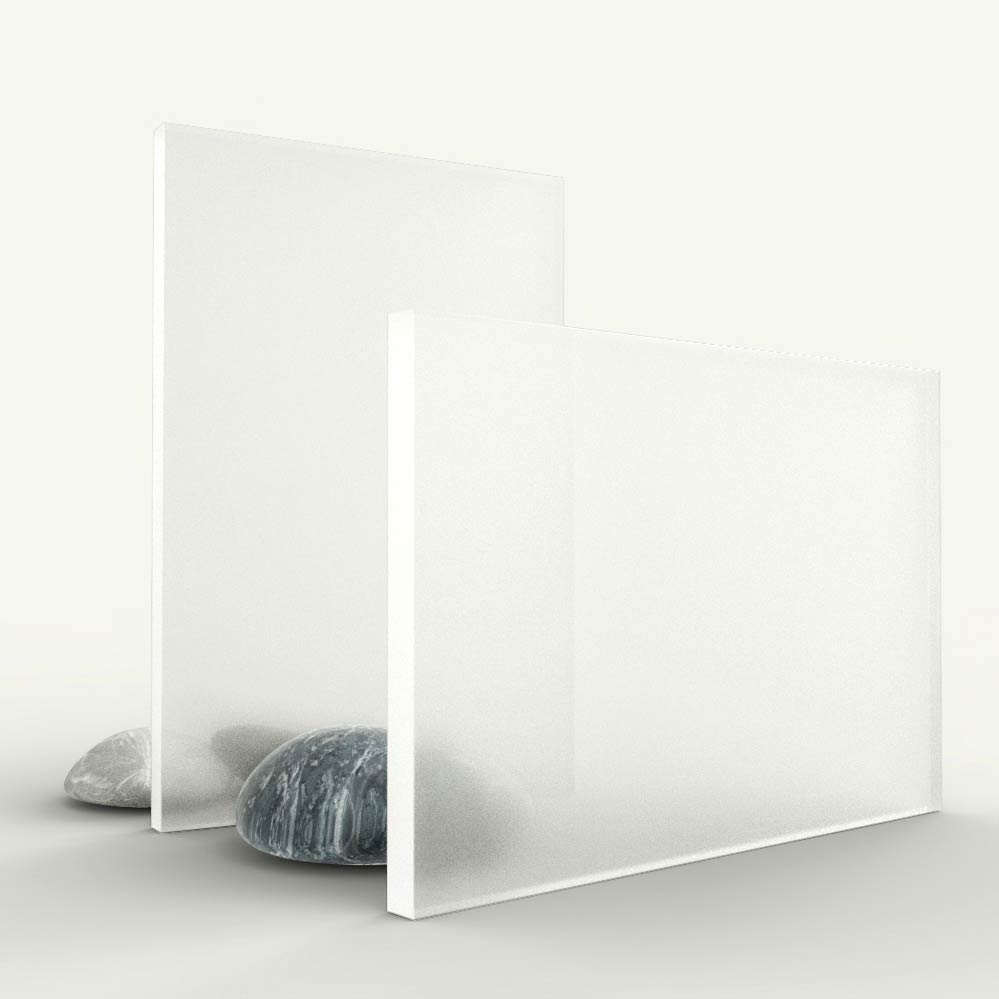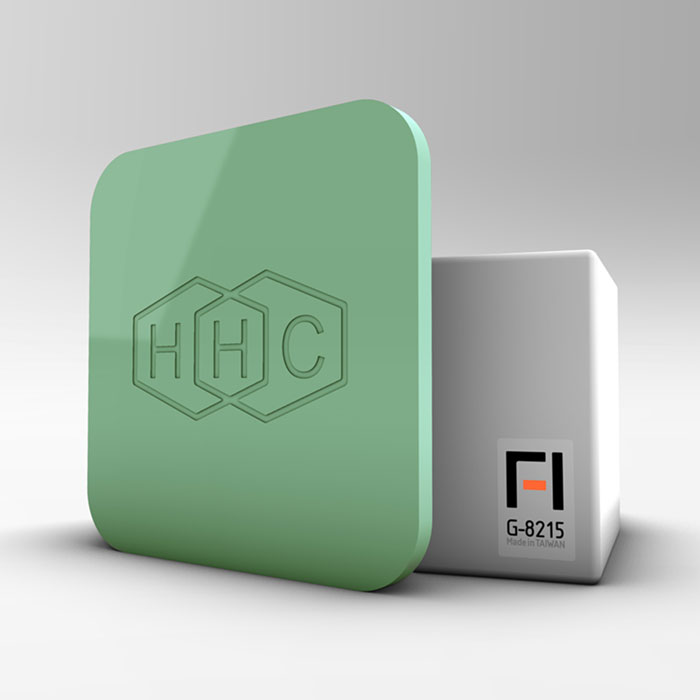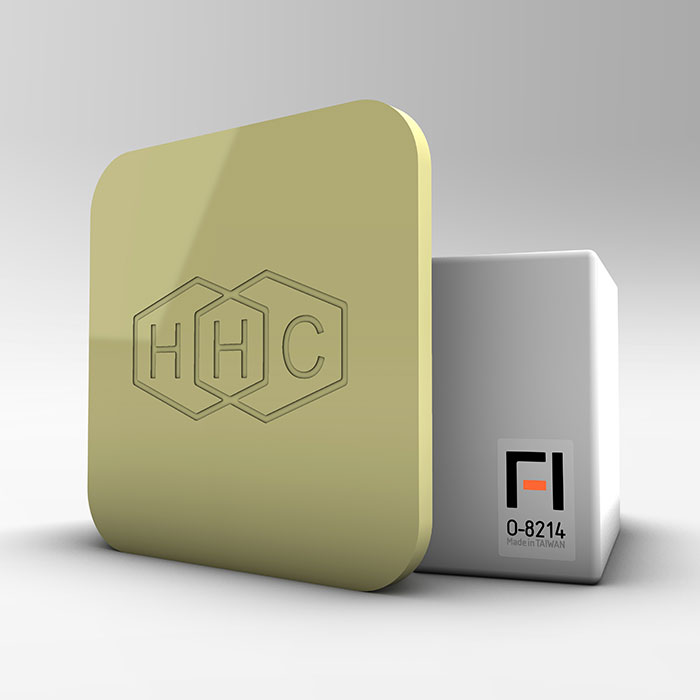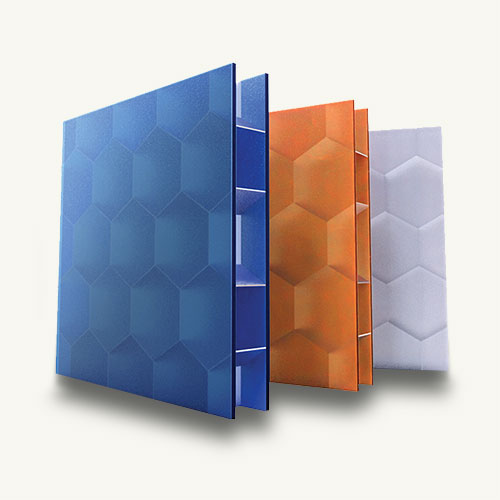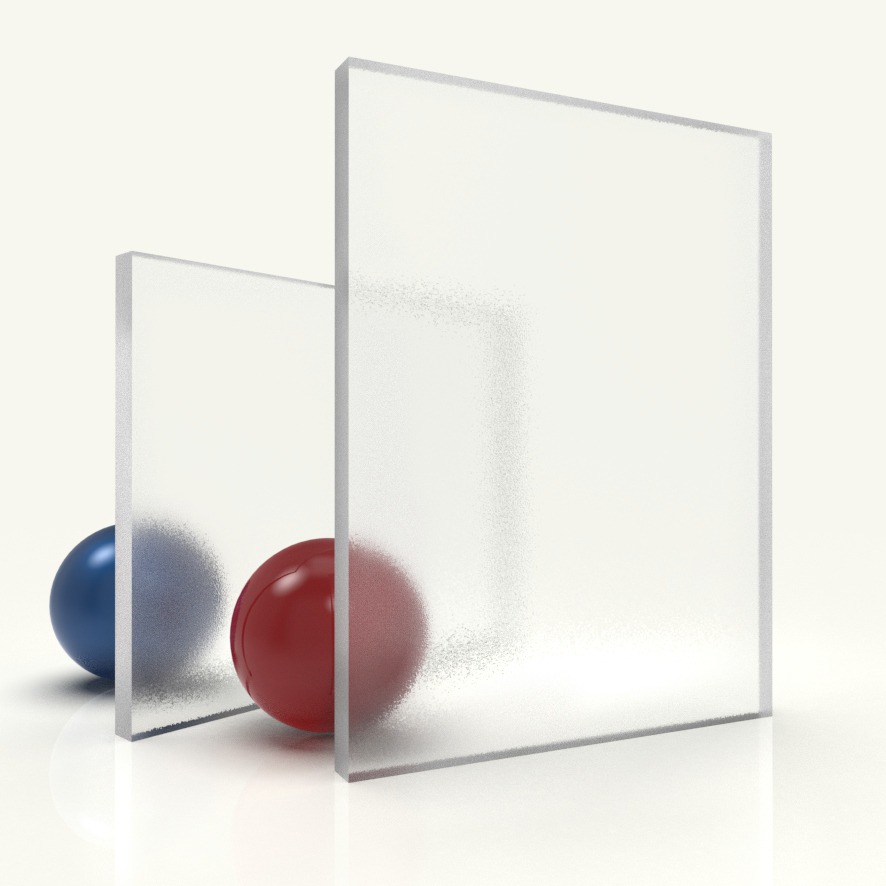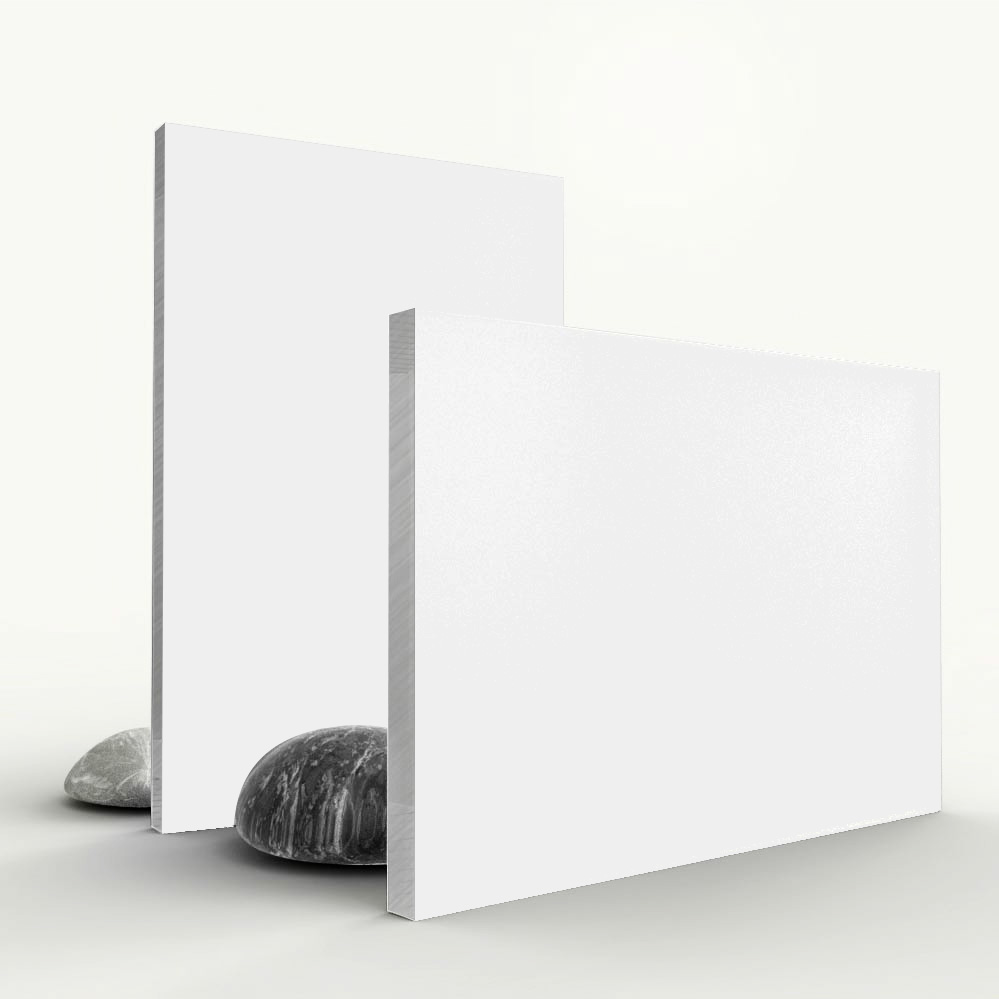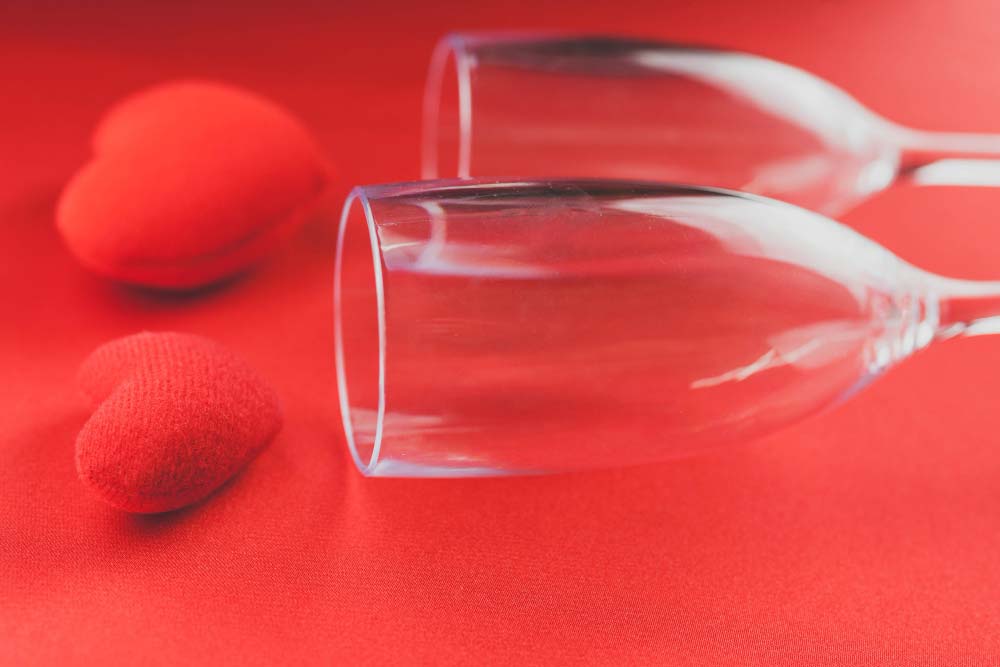From Architecture to Art: Discovering the Best Application Zones for Acrylic Sheets

From Architecture to Art: Discovering the Best Application Zones for Acrylic Sheets
Introduction:
Acrylic sheets have gained immense popularity in both the fields of architecture and art due to their versatility and aesthetic appeal. This comprehensive article aims to explore the various application zones of acrylic sheets, uncovering their potential in both architecture and art. By delving into the functional and aesthetic aspects of acrylic sheets, we will discover how they can transform spaces and unleash creative possibilities in different design sectors.
Exploring the Versatility of Acrylic Sheets: Unveiling their Potential in Architecture and Art
Acrylic sheets have revolutionized the architectural industry by offering a wide range of applications. One of the key advantages of acrylic sheets is their transparency, which allows for the creation of visually stunning structures. For instance, in modern architecture, acrylic sheets are extensively used in the construction of skylights, canopies, and facades, as they allow natural light to penetrate while providing protection from the elements.
Moreover, acrylic sheets are highly durable and weather-resistant, making them suitable for outdoor installations. They can withstand harsh environmental conditions, such as UV radiation and extreme temperatures, without losing their clarity or structural integrity. This makes them an ideal choice for architectural features like signage, outdoor sculptures, and decorative elements.
In the realm of art, acrylic sheets have become a preferred medium for artists due to their versatility and ability to enhance visual impact. Acrylic sheets can be easily molded, cut, and shaped, allowing artists to create intricate and unique artworks. The transparency of acrylic sheets also enables artists to experiment with light and shadow, adding depth and dimension to their creations.
Transforming Spaces: Unveiling the Artistic Potential of Acrylic Sheets in Architecture and Design
Acrylic sheets have the power to transform spaces by adding a touch of creativity and artistic flair. In interior design, acrylic sheets are often used to create stunning feature walls, partitions, and furniture pieces. Their ability to be backlit further enhances their visual appeal, creating a mesmerizing ambiance in any space.

Additionally, acrylic sheets can be customized with various finishes, such as frosted, textured, or colored, allowing designers to achieve specific aesthetic effects. This versatility opens up endless possibilities for creating unique and personalized designs that reflect the client’s vision and style.
Beyond Functionality: Discovering the Artistic Applications of Acrylic Sheets in Different Design Sectors
Acrylic sheets have transcended their functional role and have found their way into various design sectors, including product design, fashion, and even automotive design. In product design, acrylic sheets are used to create sleek and modern-looking objects, such as furniture, lighting fixtures, and home accessories. Their lightweight nature and ability to mimic other materials, such as glass or metal, make them a popular choice among designers.
“Acrylic sheets have revolutionized the world of architecture and art, offering a remarkable combination of transparency, resilience, and versatility. These remarkable materials have unleashed a wave of creativity, allowing designers and artists to mold and shape their visions with ease. From breathtaking architectural structures to awe-inspiring artistic creations, acrylic sheets have proven their incredible worth in transforming spaces and unlocking boundless artistic potential. As designers and artists continue to push the boundaries of what is possible with acrylic sheets, we eagerly anticipate witnessing even more groundbreaking and awe-inspiring applications in the future.”
In the fashion industry, acrylic sheets have been embraced by avant-garde designers who seek to push boundaries and experiment with unconventional materials. Acrylic sheets can be molded into intricate shapes and patterns, allowing designers to create statement pieces that defy traditional notions of fashion.
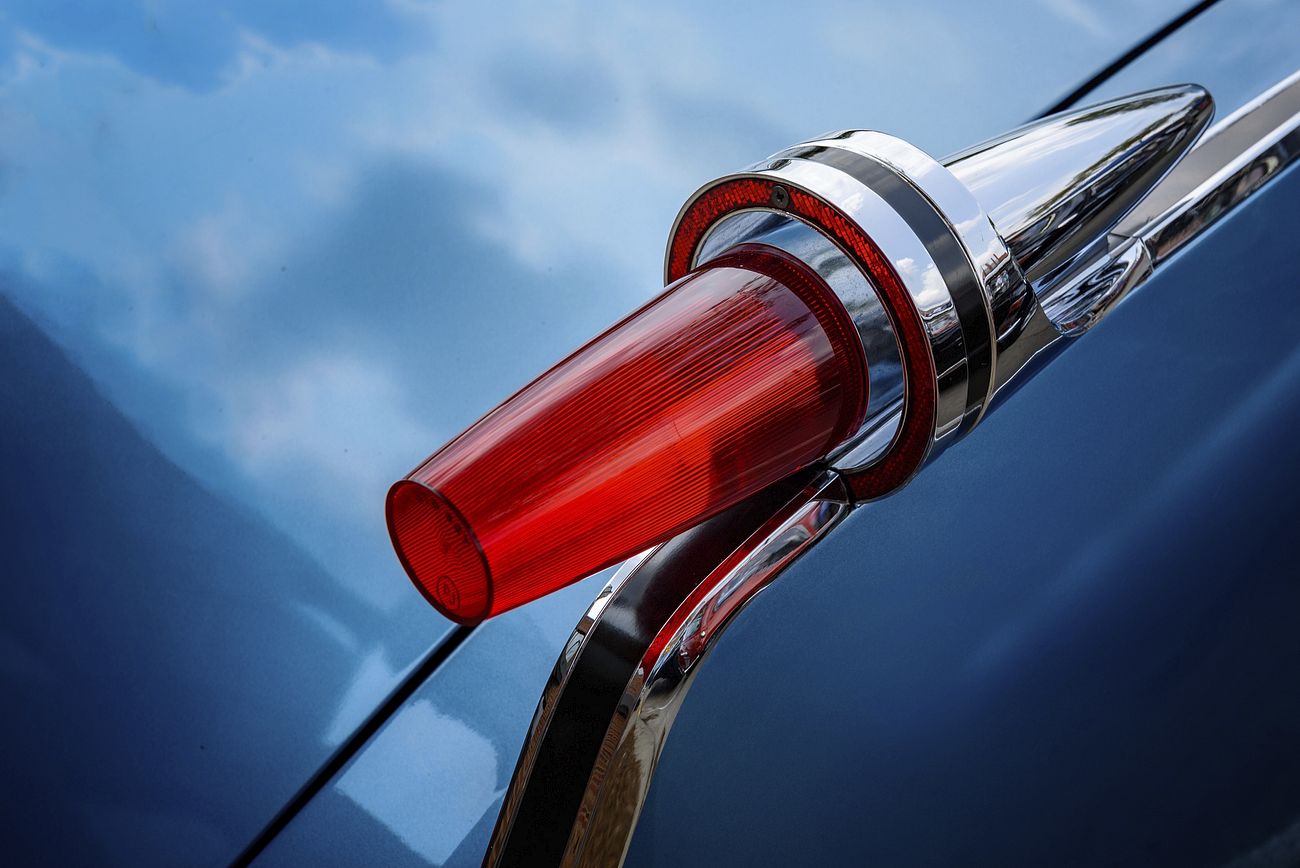
Furthermore, acrylic sheets have also made their mark in automotive design, where they are used for creating aerodynamic components, such as spoilers and windshields. The lightweight and impact-resistant nature of acrylic sheets make them an ideal choice for enhancing the performance and aesthetics of vehicles.
Conclusion:
Acrylic sheets have emerged as a versatile and indispensable material in both architecture and art. Their transparency, durability, and ability to be molded and shaped have unlocked a world of creative possibilities. From architectural structures to artistic creations, acrylic sheets have proven their worth in transforming spaces and unleashing artistic potential in various design sectors. As designers and artists continue to explore the endless possibilities offered by acrylic sheets, we can expect to witness even more innovative and awe-inspiring applications in the future.



